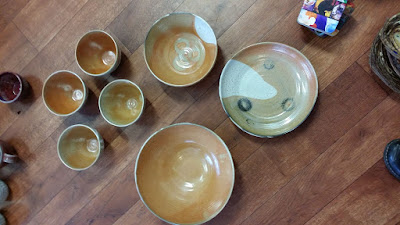One of the most important steps in the professional development of young ecologists is attending ecological meetings, presenting their own research, and most important, developing a network of colleagues. This is important for professional growth and collaborations that lead to synthetic research projects. However, one of the biggest challenges for many young ecologists is the ability to participate in meetings fully. Let me explain.
Graduate students, post-docs, and assistant professors represent the next generation of ecology, but are among the lowest in annual income in the ecological society. Many young ecologists are at the point in their personal life where they are starting families. With the increase in gender equality and representation of women in the Ecological Society of America (ESA) over the last decade, it is very common to see people (both male and female) with children in tow at the meetings. This has been very inspiring. Personally, I have taken my children to all but 1 ESA meeting (where I was able to arrange other care with family).
But an overlooked cost of meetings (which are often subsidized by grants and university funds) is child care. For example, this year a half day of child care at ESA is $45 to $49.50 (depending on time of day). 4 half days of child care at ESA will cost between $180 and $198. 4 full days is $378 (more than I spent on registration). Due to this high personal cost, many people are faced with different choices: 1) not attending the meeting, 2) couples alternate when they go to meetings, or 3) couples bring their children and make decisions about which session they will attend (this has been our strategy recently).
Fortunately, this topic is receiving increased attention and some institutions are offering financial support for child care. The U.S. Office of Management and Budget has new regulations allowing scientists to use federal funds for child care costs. NSF does not allow for reimbursement of child care associated with conferences directly from grants, but the awardee institution may reimburse costs with indirect funds (in the process of finding out VCU's policy). This may help PIs, but likely will not translate to post-docs and graduate students. One possible solution is a modest increase in registration fees to help defray the costs of child care. (I do not know if fees currently are used in this manner).
However, even with financial support, one issue remains; child care is not available when the dinners and discussions that move ecology forward and facilitate networking take place. This requires a change in our attitude about the presence of children in different situations.
Graduate students, post-docs, and assistant professors represent the next generation of ecology, but are among the lowest in annual income in the ecological society. Many young ecologists are at the point in their personal life where they are starting families. With the increase in gender equality and representation of women in the Ecological Society of America (ESA) over the last decade, it is very common to see people (both male and female) with children in tow at the meetings. This has been very inspiring. Personally, I have taken my children to all but 1 ESA meeting (where I was able to arrange other care with family).
But an overlooked cost of meetings (which are often subsidized by grants and university funds) is child care. For example, this year a half day of child care at ESA is $45 to $49.50 (depending on time of day). 4 half days of child care at ESA will cost between $180 and $198. 4 full days is $378 (more than I spent on registration). Due to this high personal cost, many people are faced with different choices: 1) not attending the meeting, 2) couples alternate when they go to meetings, or 3) couples bring their children and make decisions about which session they will attend (this has been our strategy recently).
Fortunately, this topic is receiving increased attention and some institutions are offering financial support for child care. The U.S. Office of Management and Budget has new regulations allowing scientists to use federal funds for child care costs. NSF does not allow for reimbursement of child care associated with conferences directly from grants, but the awardee institution may reimburse costs with indirect funds (in the process of finding out VCU's policy). This may help PIs, but likely will not translate to post-docs and graduate students. One possible solution is a modest increase in registration fees to help defray the costs of child care. (I do not know if fees currently are used in this manner).
However, even with financial support, one issue remains; child care is not available when the dinners and discussions that move ecology forward and facilitate networking take place. This requires a change in our attitude about the presence of children in different situations.
































